Curating the perfect gear closet for your outdoor sports can take a lot of time, and figuring out exactly what backpacking gear works best for you can be a series of trial and error. It’s also easy to fall into the trap of believing that the right gear is less important than skill. The thing is: both are equally important. You need to know what you’re doing in the backcountry, just as much as you need to have the right gear to be safe.
As a backpacking and hiking guide, I’ve gone through a lot of different iterations of my perfect backpacking setup. It’s easy to focus on your tent, sleeping bag, sleeping pad, cook system, water filter, and backpack, but what about all the other little things that can help you have a successful mission? This is my list of gear I wish I’d started using earlier in my life on trail.
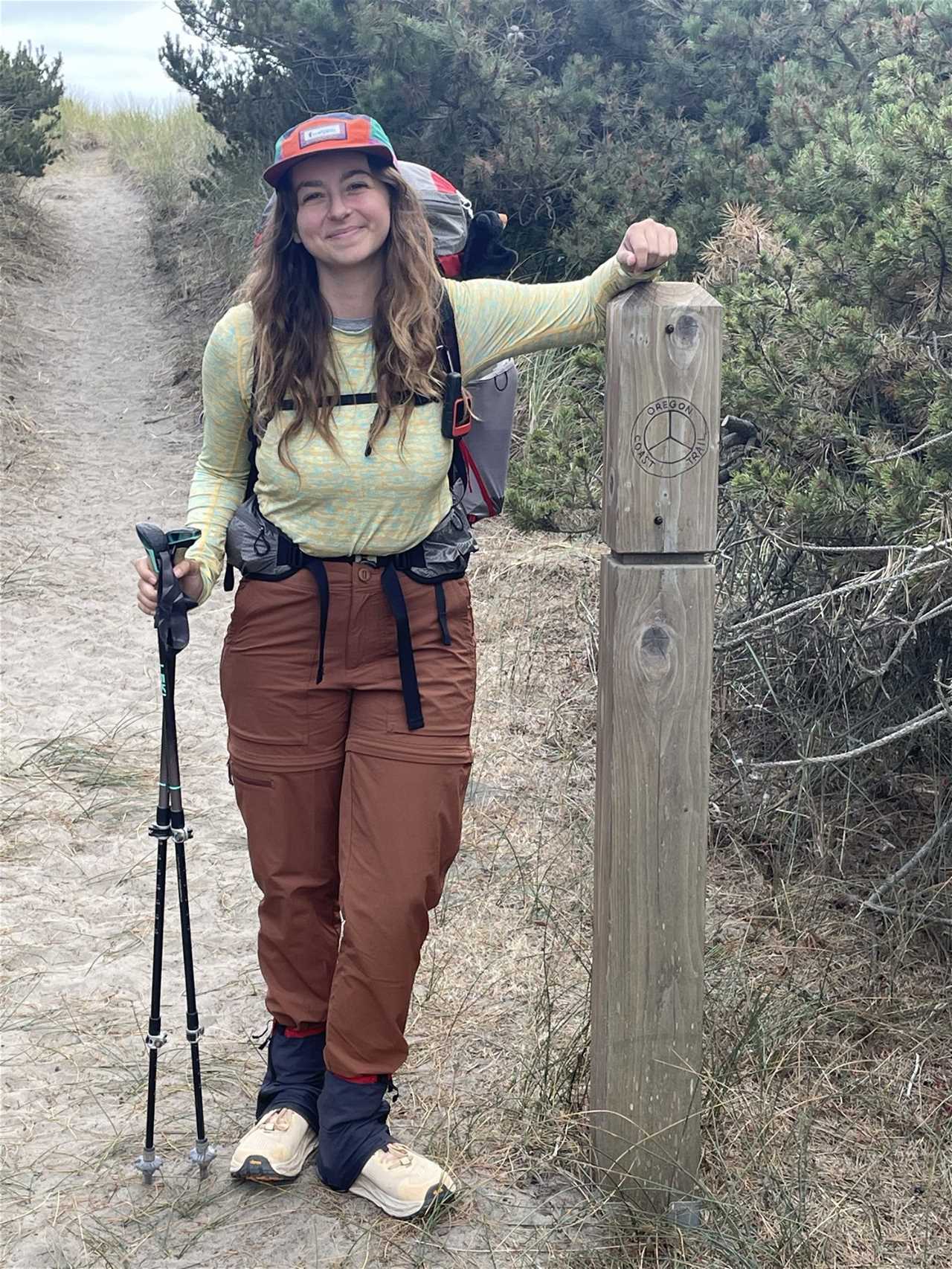
Photo by Halle Homel
Trekking Poles
In 2020, I suffered my first knee injury while descending Cooper Spur in Oregon. Impact from downhill hiking can be incredibly hard on joints, and trekking poles are meant to help alleviate that. They can help with going uphill as well, providing leverage on steep sections and stability on snow and scree. Newer ultralight tents also sometimes use trekking poles as tent poles, making trekking poles a versatile, multi-use piece of gear.
I wish I’d started using trekking poles earlier to prevent injuries from happening in the first place, instead of waiting until I was already in pain to start managing the impact on my joints. I prefer telescoping trekking poles, rather than folding ones. They tend to be stronger and last longer. Cork handles are also better at absorbing sweat than other materials, but poles with cork handles tend to be pricier. My favorite trekking poles are the LEKI Cressida AS poles, which I’ve used on missions like my Mount St. Helens summit last year.
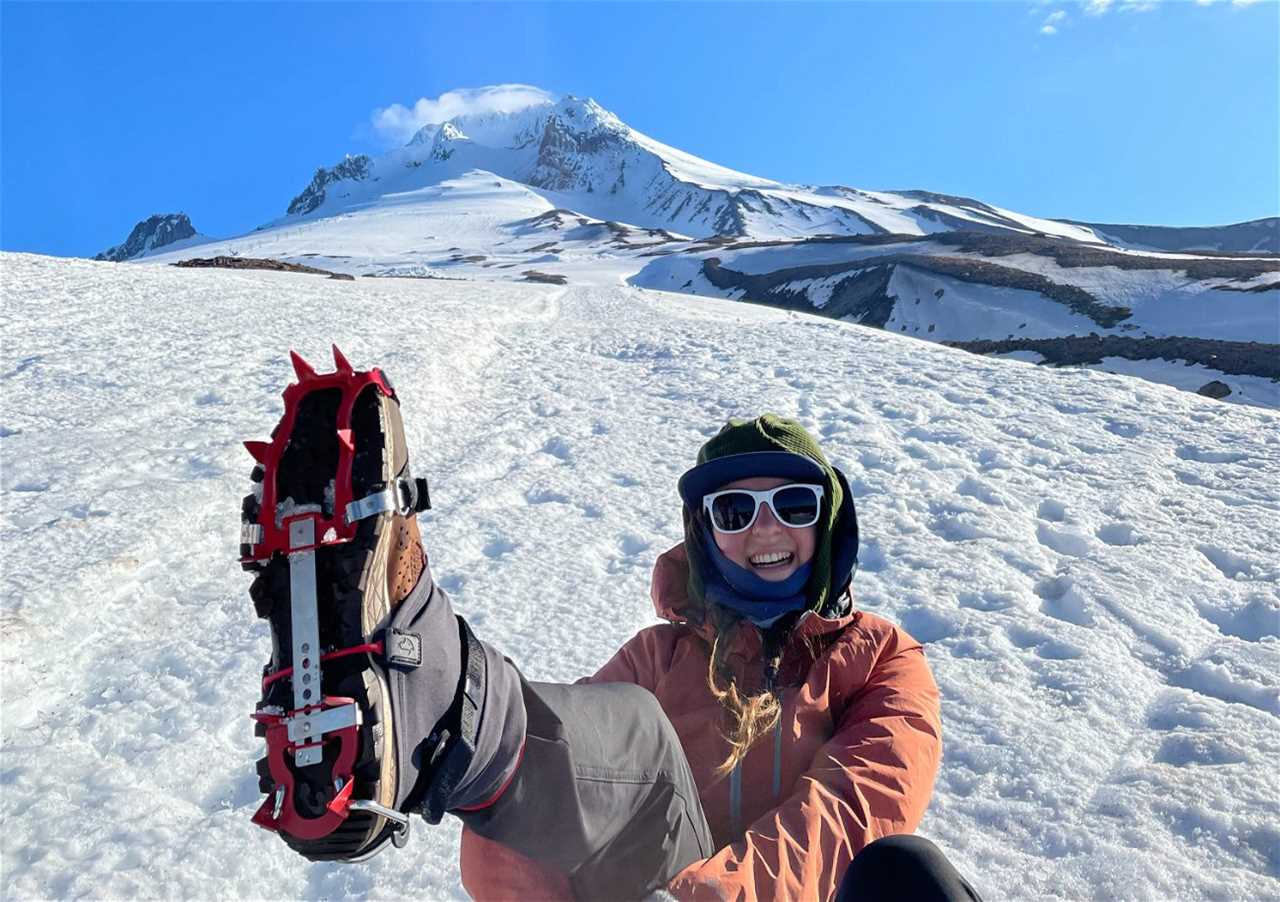
Photo by Halle Homel
Microspikes and Traction Devices
As someone who spends a lot of time in the snow, no piece of gear has changed my life more than microspikes. I grew up in Southern California, so I spent a lot of my childhood on trails and scrambling on rocks. Snow and ice were new to me when I started hiking in other locations as an adult. Microspikes are traction that you strap to your hiking boots so that you don’t slip as easily on slick winter surfaces. They can help with snow as well as ice, and they provide enough security that I not only confidently attempt snowy trails, but I seek them out too.
There are lots of different options when it comes to microspikes and traction, and they all have different purposes. My go-to traction device for a regular snow hike are Kahtoola’s Microspikes—they stay on my boots consistently and give a good middle-ground amount of traction for most slick surfaces. For trails that are just icy but not super technical, I might reach for my Kahtoola Exo Spikes instead. For technical trails, glaciers, and mountains, I’ll go with something that will help keep me even safer: either Kahtoola Hiking Crampons or my Black Diamond Sabretooth Crampons.
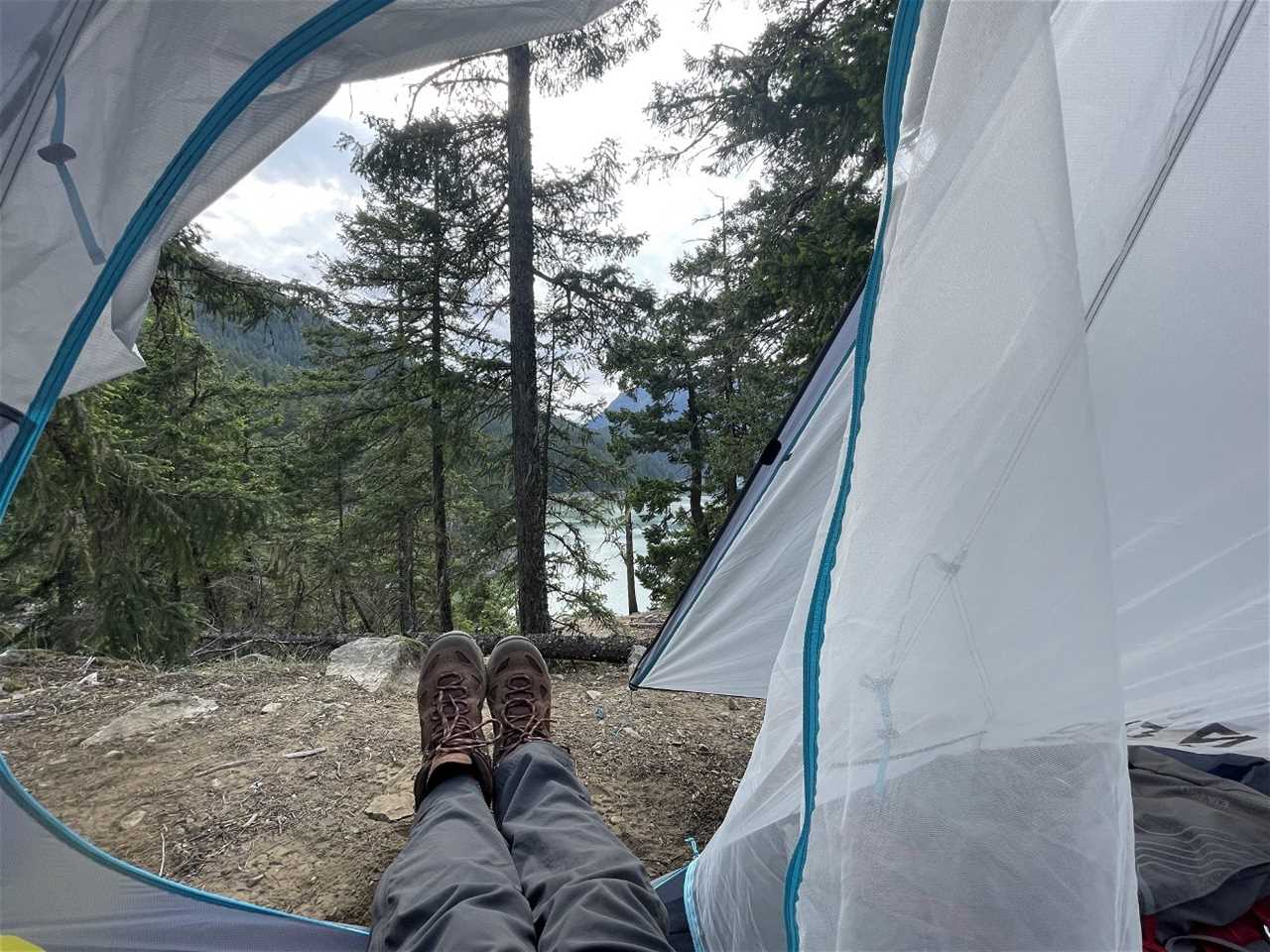
Photo by Halle Homel
Inflatable Sleeping Pad
This was a gear swap I made after I hiked 70 miles with a foam sleeping pad. While a foam sleeping pad tends to be lighter to carry on the trail, I’ve found that I’m able to get far better rest with an inflatable pad. When you’re on a trail for a long time, you want prioritize getting the best sleep you can. Sometimes, that comes down to the comfort of your sleep system. I’ve found that my inflatable pad is not only more comfortable, but it’s also more insulated than my foam pad. This means I can stay warmer in colder temperatures. Inflatable pads also tend to pack down fairly small, which helps me save space and bring a smaller volume pack.
While inflatable pads do have their downsides, my favorite one I’ve used is my Nemo Tensor. It’s very lightweight for an inflatable pad, comes with a pump sack for easy inflation, and includes a patch kit, so you can repair it on trail if you accidentally puncture a hole in it.
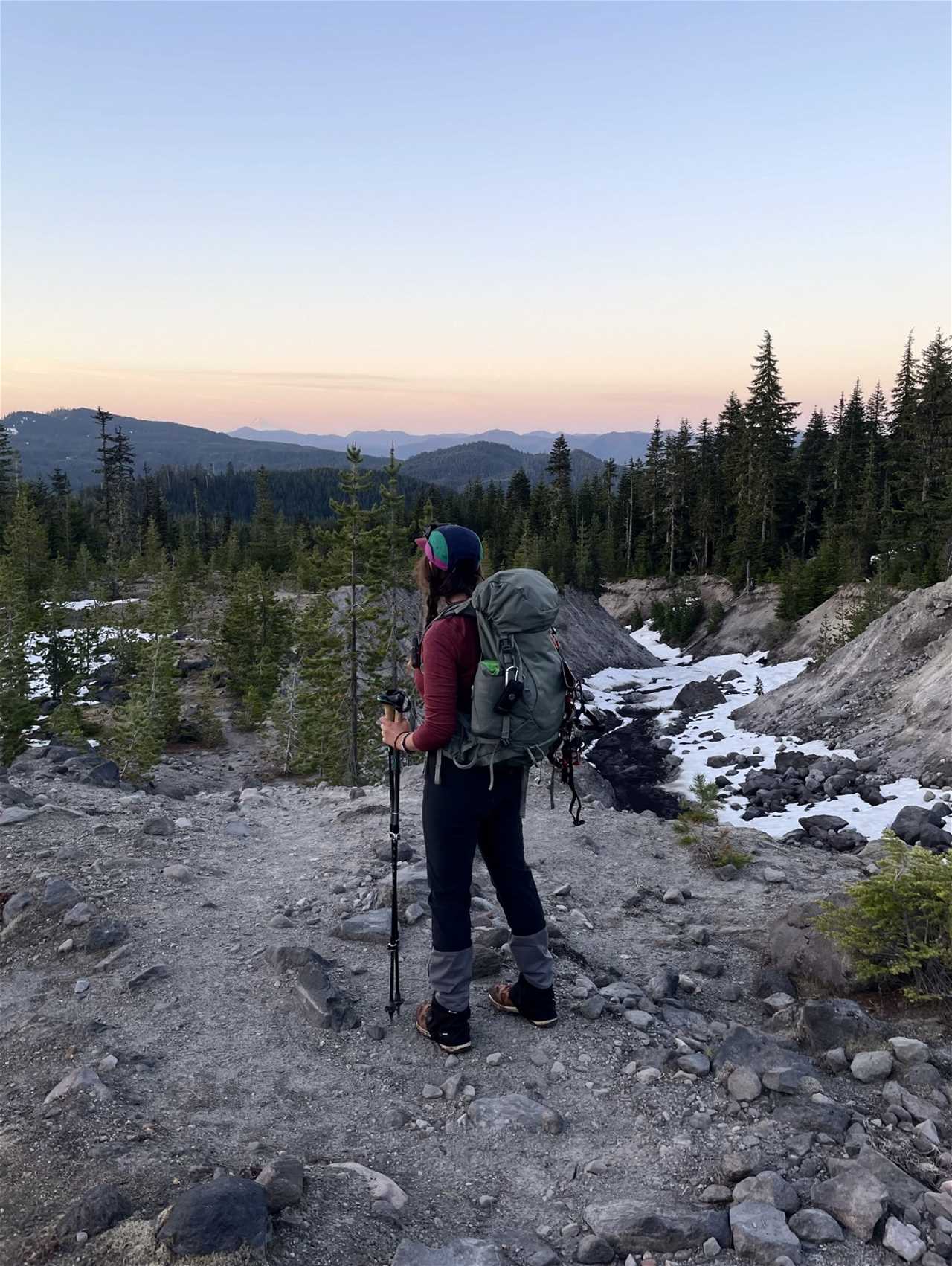
Photo by Halle Homel
Kula Cloth
As a female hiker, going to the bathroom on the trail can be difficult. I don’t like having an abundance of trash to pack out, and bringing toilet paper for multiple days on a trail can take up a lot of space in my pack. One of my favorite pieces of gear is my Kula Cloth, a reusable pee cloth. This might sound gross, but it’s made out of an antimicrobial material and is meant to act in place of toilet paper. This helps you reduce the amount of trash you have to pack in and out of the backcountry. I usually just clip mine to the outside of my pack so that all of my other gear stays clean, and it’s easy to clean in restroom sinks during resupply days.
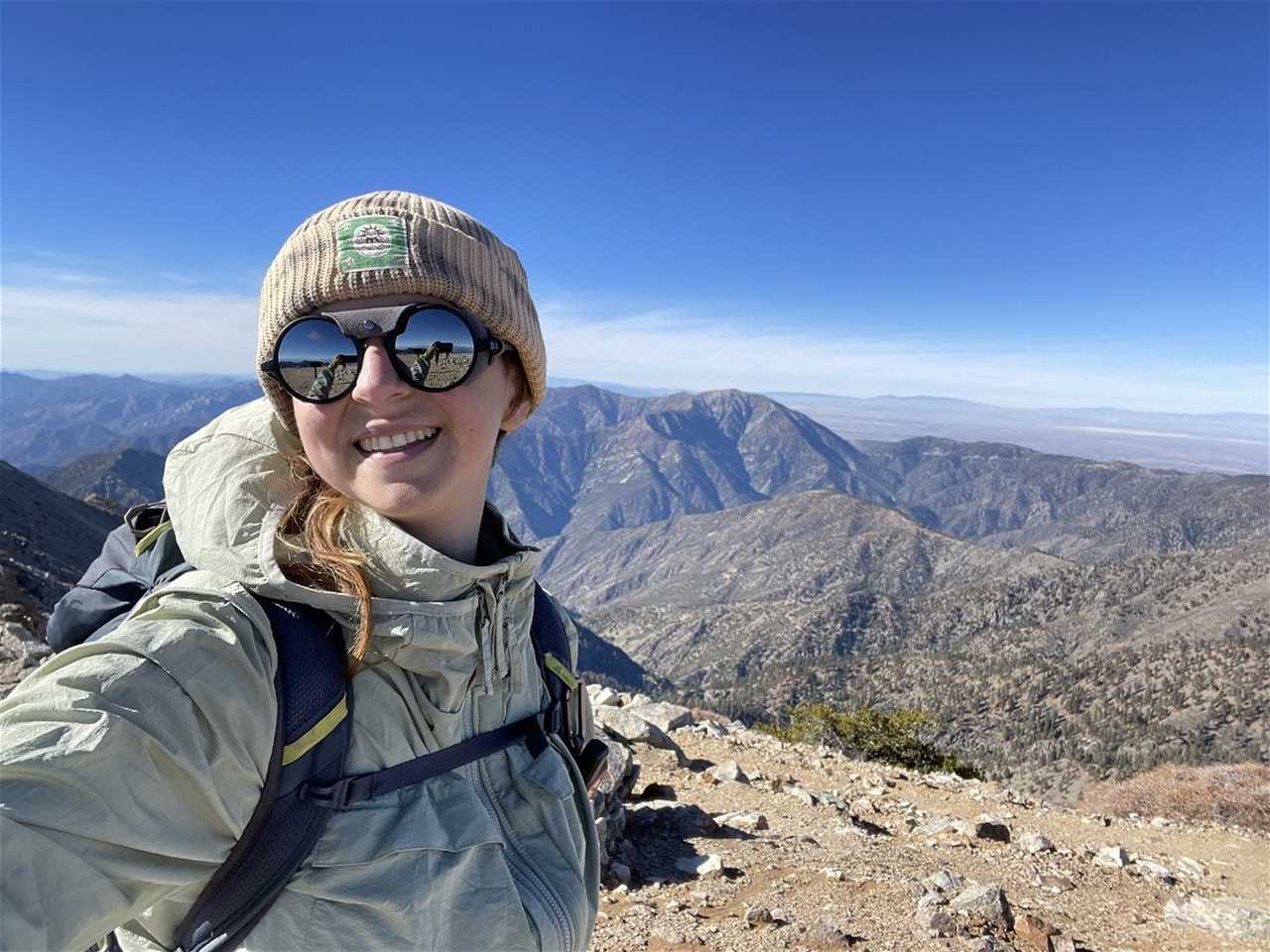
Photo by Halle Homel
Glacier Glasses
Glacier glasses definitely aren’t a necessity for people who aren’t hiking and backpacking up in the high alpine, but they do look super cool regardless of what you’re doing. I got my glacier glasses before my Mount St. Helens summit in June 2023, and they’ve changed the way I’ve approached sun protection on trail. When you’re hiking in super snowy environments, it’s crucial to prevent snow blindness. As a person who spends a lot of time in snowy mountains and will be spending a lot of time on glaciers in the future, eye safety is something I think about quite a bit.
Glacier glasses are polarized lenses meant to protect your eyes in extremely bright conditions. They have blinders around the glasses and across the nose bridge to keep light from getting in through the sides. My favorite glacier glasses are by Julbo, and I don’t reserve them just for use on snowy missions. These make this list for me because they fare well in high winds.
During my Mount San Antonio (commonly known as Mount Baldy) summit in November 2023, I was challenged by 35 MPH wind gusts and being able to prevent my eyes from wind burn was crucial to making it to the summit and back down safely. If you’re not hiking in extreme conditions, you probably don’t need these, but I highly suggest making sure your lenses are polarized if you’re going to be spending any time on snow. My favorite polarized lenses for less extreme, but still snowy conditions are by Sunski.
Whether you’re new to backpacking or pushing into more extreme conditions, it’s important to have the right gear to give yourself a better chance at a successful mission. While fancy gear isn’t a requirement to participate and enjoy an outdoor sport, the right gear can help you go further as you grow as a backpacker.
As we say in the backpacking community: there are no bad conditions, only the wrong gear.
The post Backpacking Gear I Wish I Started Using Earlier appeared first on Outdoors with Bear Grylls.
https://outdoors.com/backpacking-gear-i-wish-i-had-earlier/
 CampingSurvivalistHuntingFishingExploringHikingPrivacy PolicyTerms And Conditions
CampingSurvivalistHuntingFishingExploringHikingPrivacy PolicyTerms And Conditions
